Route Highlights
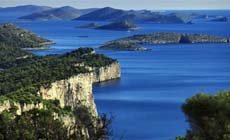
Telascica Nature Park

Zadar Old Town
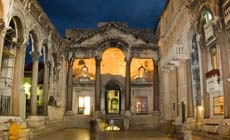
Palace of Diocletian
Itinerary
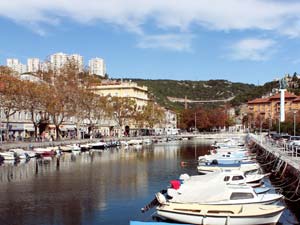
Day 1 Rijeka
Rijeka is the largest Croatian port and is located at a point whereby the sea makes its deepest incision into the European continent. Rijeka began its path of growth in the 13th century with the fortification of Tarsatica, but the most significant development came along in 1728 when the Caroline road and railway link was completed. Between 1920 and 1924, Rijeka was made a free state as a result of the Treaty of Rapallo that was between Italy and the kingdom of Yugoslav. The locations of sightseeing include; the gothic church of the Assumption, the Palace of Justice, a City Tower, cathedral of St. Vitus (1638), Governor’s Palace, Augustinian monastery, Korzo, churches of St. Fabian and St. Sebastian (1315).
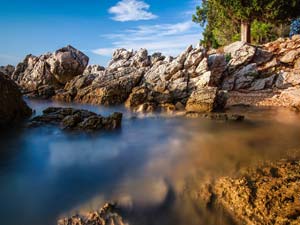
Day 2 Krk
Krk is the holy grail of architecture because of the following; the Cathedral of the Assumption (5th century), St Margaret and St Quirinus (11th century), the bell tower (18th century). Also included are the churches of St Krsevan (5th century), Kamplin Square, Frankopan castle, town hall (15th century), Square Tower (12th century), and finally well preserved Roman period units within the city walls. The 11th century inscription of Glagolitic Krk is located inside the canon’s house. The rich folk tradition of the island is presented annually at the Summer Festival of Folk. The ancient way of life is often linked to the sea (fishing, shipbuilding and seafaring), wine making, agriculture, stock raising and tourism.
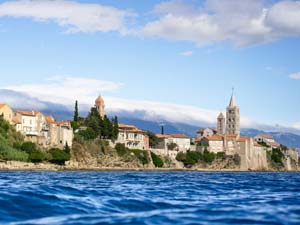
Day 3 Rab
Located on a small peninsula, Rab is surrounded by four walls that resemble a ship that sails, complete with the sails. The past has not been kind for Rab, and the evidence is clearly shown. The change in leadership led to the development of different archeological vestiges. The town is full of medieval buildings that can be traced back to the Venetian rule around the 13th Century. Some areas still have traces of the town walls. However, the 93.6 square km island of Rab is one of the greenest areas in the entire Adriatic. Covered in a pine forest and sandy beaches, Rab has a mild climate known to have a healing influence for respiratory and heart diseases.
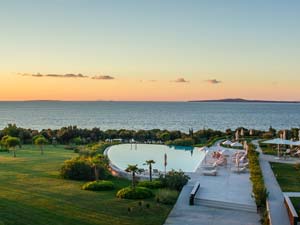
Day 4 Zadar
Zadar is located right in the middle of the Dalmatia which is notably one of the most indented areas of the Adriatic Archipelago. Not far from Zadar are the Krka, Plitvice, Kornati and Paklenica national parks as well as the Telascica and Velebit nature parks. Even closer are more than 300 islands and islets all facing Zadar. What makes Zadar the most attractive tourist destinations in Croatia are the numerous coves, beaches, restaurants, historical and cultural monuments, natural beauties and hotels that offer only selected national specialities. The historical bit about Zadar is only but fascinating for those who have respect for cultural and historical heritage.
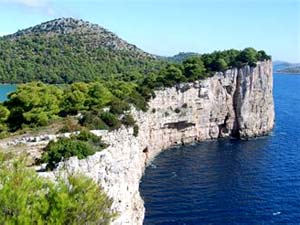
Day 5 Telašćica
In 1980, this area became protected as a Nature Park following its unique riches. This area is rich in valuable animal and plant life, geological as well as geomorphologic phenomena and colonies of the sea bottom with archeological heritage. There are three major phenomena that define this Nature Park; first, is the bay of Telašćica which is the largest, most beautiful haven on the entire Adriatic. It harbors 25 smaller bays on a 69km coastline that is well indented. Second are the cliffs of the island of Dugi otok, commonly referred to as “stene”. They rise to 200m above sea level and falls vertically 90m below sea level. Last but not least is the salt lake, commonly referred to as “Mir” that has peculiar curative characteristics that do more than dazzle the visitors.
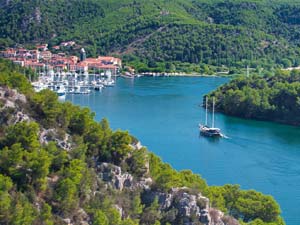
Day 6 Skradin
Skradin, the headquarters of Krka National Park and was declared to be Croatia’s seventh national park in 1985. The natural state has remained unchanged and boasts of vast spaces of multifaceted natural value. It is also home to one of the least altered ecosystems in the world. Skradin is one of Croatia’s oldest settlements that still retain the status of ‘town’ dating as far back as 2BC. Located only a short distance from Skradinski Buk, the Krka River flows with tranquility it represents the centre of life from ancient times. It is located between two wonderful waterfalls Skradinski Buk and Roski Slap where the Visovac Lake and the Franciscan monastery rest on the islet.
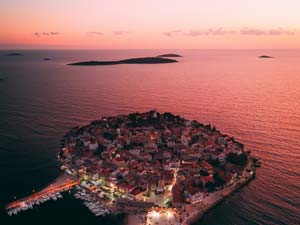
Day 7 Primosten
Sailors used to call it “Dry Point” because of the prolonged dry spell that the region experiences. It is set up on an island that was used five centuries ago by its inhabitants as a causeway as they went to the fields. Primosten is surrounded by seven little islands and in this case, is it stands out from the rest of the islands without doubt. What nature did not give, the industrious inhabitants created; making Primosten one of the most beautiful locations in the entire Adriatic experience. The stone houses, churches and narrow lanes are in perfect harmony of the past and the present state of life.

Day 8 Split
Split is a tourist destination, rife with road and sea connections to the numerous summer resorts offered by Dalmatia. It is an urban, cultural and also a traffic centre which is a favorable tourist and excursionist destination. It is a city with tradition that dates more than 1700 years with various historical, archaeological and cultural monuments to show for it. Among the monuments here is the Palace of Diocletian that is also inscribed onto the UNESCO World Heritage List. To this city, it occupies a unique place alongside the hospitality of a modern Mediterranean city.
